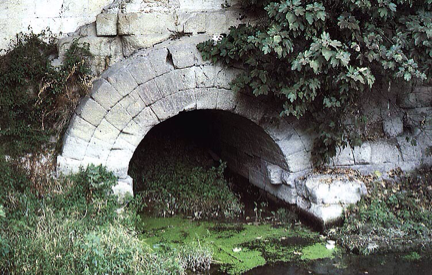Sign up for FlowVella
Sign up with FacebookAlready have an account? Sign in now
By registering you are agreeing to our
Terms of Service
Loading Flow


-Several centuries before the birth of Christ, Etruscan engineers built the initial drainage system (Cloaca Maxima) whose main outlet into the Tiber River still exists 28 centuries later
Roman Sewers
-The covered drains were designed on such a large scale that in certain sections wagons loaded with hay could drive through with ease
-Despite their longevity, they ignored basic sanitary principles
-The Roman sewer system probably carried off at least as much water as the aqueducts provided
-The Cloaca Maxima- a huge covered drain by the time of the Late Republic- functioned both as Rome's main storm sewer drain and a means of sewage disposal
-The Cloaca Maxima was originally built to drain the marshy areas which became the Roman Forum